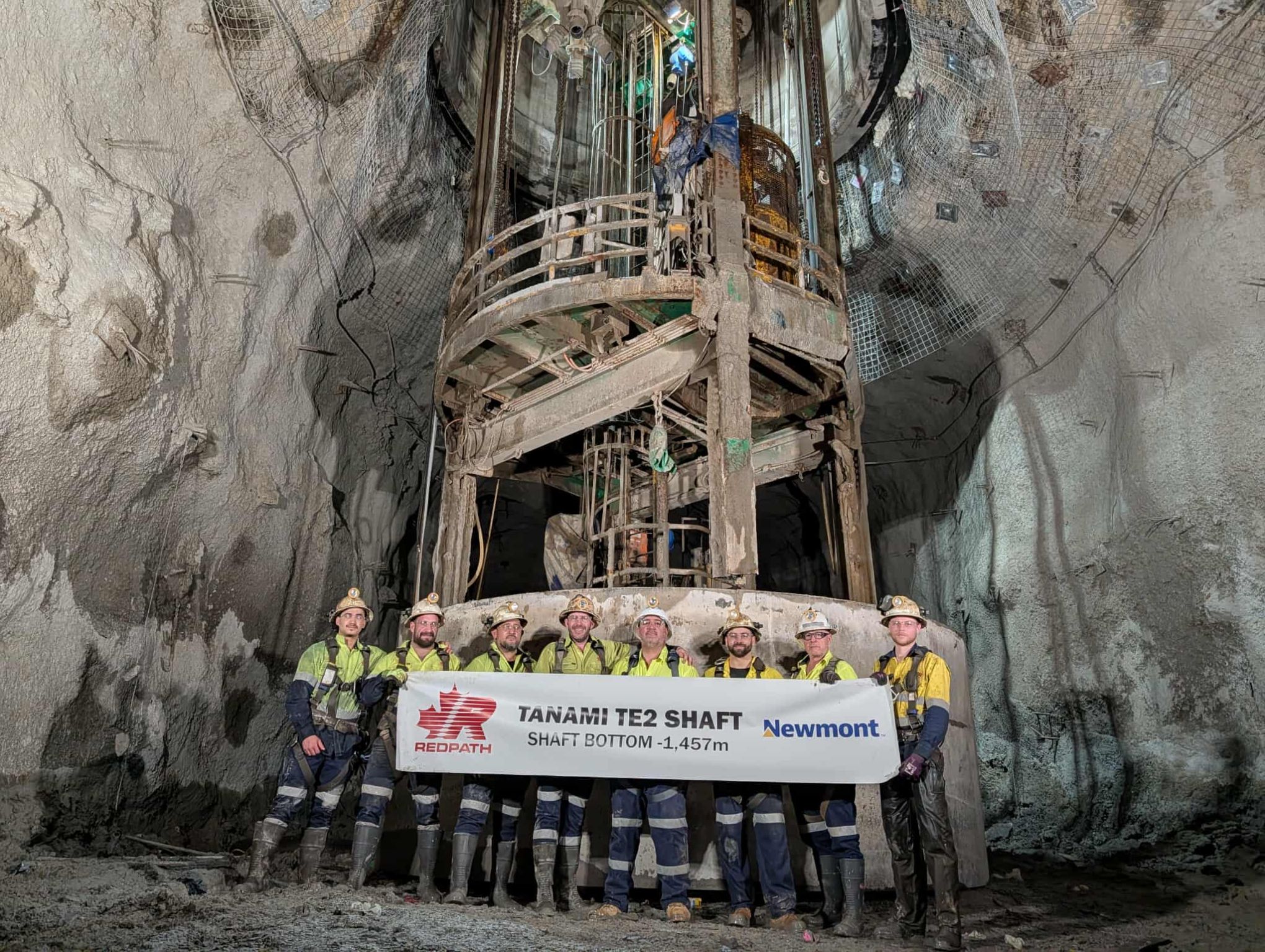
Dorian Wrigley, COO of mining investment company Village Main Reef, talks to Jayne Flannery about the importance of innovation versus tradition in the company’s strategic approach to its asset portfolio.
Village Main Reef has a long and chequered history. Originally incorporated in the 19th century, the company’s gold assets lay dormant for many years after an early tranche of accessible reserves was exhausted. By 2010, it had become an almost forgotten shell company within the portfolio of Harmony Gold. Then Village won a new lease of life in the hands of Bernard Swanepoel, the current CEO. Formerly the chief executive of Harmony Gold, Swanepoel is renowned for a light and magical touch in breathing new life and energy into underperforming mineral assets.
Working in partnership with BEE shareholder Umbono, Village quickly took a controlling interest in the Lesego platinum exploration project, which contains a high grade total inferred resource of 27.8 million ounces of platinum group metals, in addition to gold. “We have no doubt that this will prove to be a world class reserve. It is still at the feasibility stage, but every time we drill another hole, we get more good news and we are on track to develop a high quality, world class mine,” states COO Dorian Wrigley.
The acquisition immediately positioned Village as an investment entity to be reckoned with; but as Wrigley explains, it never set out to be purely an exploration company. “Our key strength lies in turning around non-core or underperforming operating assets. Acquiring Lesego gave Village a solid base from which to acquire and develop further assets,” he explains.
A second acquisition in 2010 saw Village take control of Metorex’s gold and antimony mine, Consolidated Murchison. This is an operating gold and antimony mine with a 1.3 million equivalent gold ounce reserve which formed an unwanted part of a much larger portfolio that was decidedly non-core to its owner’s copper interests.
“In South Africa there are many large companies with marginal assets that consume disproportionate amounts of time and money. Simply closing the mine has huge negative social impacts on the area because of the damage to the local economy and is always an unpopular move. It is a far more attractive option to work with a team like ours who can develop these assets in an ethical and responsible way,” Wrigley explains.
Ethics, and embracing South Africa’s broader development goals, are fundamental to the chosen modus operandi. Currently Village has a BEE ownership in excess of 60 per cent, which enables the company to access a broader set of South African and international mining opportunities. Its BBBEE partner Umbono already has an established portfolio of successful mining and exploration assets in Southern Africa with a strong capital base.
“In South Africa, the historical legacy of apartheid and subsequent broad-based black economic empowerment and affirmative action policies have had a major influence on creating a corporate mindset that is acutely aware of the importance of ethical and socially responsible investment,” Wrigley explains. “We want to challenge the prevailing paradigm that what is good for staff and communities is in some way detrimental to shareholders. If any one stakeholder is exploited at the expense of another, it hurts everyone. Unless communities, staff and shareholders all benefit, the asset will never be sustainable and reach its optimum value. It has to be a win-win situation for everyone and when this results in a more competitive, efficient and sustainable offering one plus one does become three.”
With that thought in mind, the first move on acquiring the Murchinson mine was to offer the staff a 26 per cent stake, which cost them nothing. “It means we are going forward with everyone on board and actively behind us. Over time and with our capable management, we believe that this asset will be worth up to R600 million,” he states.
The company made headlines in the industry again in March 2011 with the announcement that shareholders of Simmer & Jack Mines (Simmers) had voted overwhelmingly in support of disposing of the gold group’s assets to Village. “We term it as a reverse takeover,” Wrigley explains. “Simmers shareholders will soon own 65 per cent of the shares of Village and the damaged Simmers brand can now be consigned to history. We offer a way to leave the legacy of their past behind by placing the assets into a new vehicle which will enable them to realise their potential,” he explains.
The two companies are now in the process of merging and the existing assets will be combined in the new Village along with Simmers’ Tau Lekoa and Buffelsfontein gold mines, both of which have a track record of below par performance. With the right coaching, mentoring and management support, Wrigley believes that these assets have the potential to produce much greater value and revenue. The deal has also given Village a minority stake in First Uranium, a listed company on the Toronto Stock Exchange, which has been underperforming.
However, he is keen to point out that Village has no interest in empire-building for its own sake. The company does not view itself as a traditional player and does not want to become a huge cumbersome corporate entity, preferring a much more agile model.
“The old mining mindset emphasised large centralised corporate structures. We want independently minded, competent managers on site, not hidden in a head office somewhere. Each asset we hold is to be operated in a self-sustaining entrepreneurial way and each has to be sufficiently robust and commercially viable to stand as an independent entity. This may go against the grain of current thought, but we do not believe that large corporations are necessarily the most efficient way to build stakeholder and shareholder value in the long-term.
“The benefits of economies of scale which large organisations produce initially are steadily eroded over time,” he continues. “We do not want to become so emotionally attached to our assets that we cannot let go of them if the business case dictates that this is the best course of action. This approach gives us great flexibility in how we put our portfolio together and means we can accommodate a steady stream of transactions which will involve both buying and selling, rather than just continuing to accumulate assets,” he concludes.



 VillageMainREEF_APR_11_emea_BROCH_s.pdf
VillageMainREEF_APR_11_emea_BROCH_s.pdf









